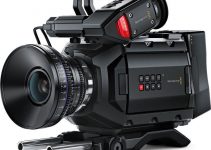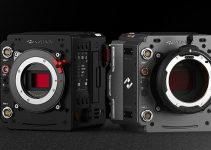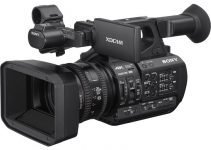Even though the Warp Stabilizer in Premiere Pro CC has saved the lives of many video editors throughout the years, the results using the plug-in are far from perfect. What’s more, there are some instances when the filter ends up making your footage look even worse than it actually was in the first place as a result of the applied warping.
This mishap is usually due to the camera shake being too extreme for the effect to handle or a lack of image detail, causing the filter algorithms to incorrectly compensate for the camera move. Fortunately, there is still a last-resort method for those occasions when you’re in a pinch, or you just need to stabilize your shot no matter what.
Rather than using Premiere Pro’s built-in stabilizer plug-in, the TravelFeel’s video above suggests employing the object tracking feature of Adobe After Effects as a viable alternative to compensate for the camera shake in your shots. This method of stabilization is not a recent innovation whatsoever as it was a common technique used long before Adobe introduced Warp Stabilizer with Premiere Pro CS6 back in 2012.
Not only does this processing stabilizes your footage, but it also creates a “hyperrealistic effect” that almost follows the point you use to track. For instance, if you stabilize your footage by tracking onto your actor’s face, the camera will then compensate for the shakiness by trying to keep the face in the center of the frame.
To get this workflow going, first, import your footage into your Premiere Pro project and then add the clip to your timeline. Now, right-click on the clip and select Replace with After Effects Composition, which will in turn import the footage into After Effects.
After sending your clip to the compositing software, make sure the playhead is located at the beginning of the video, then open the Tracker panel which should be on the right-hand side of the screen (or accessible by going to Window > Tracker). Inside of the panel, click on the button labeled Track Motion. Pick the tracker marker that should’ve appeared on your screen, drag it to an area of your subject that has a nice amount of contrast and adjust it accordingly by expanding the inner box to cover the object.
Next, tweak the outer box so that it covers an appropriate area around the object itself. In a nutshell, the inner tracking box points to the software the actual object that needs to be tracked whereas the outer box tells the program where to look for it in the frame. As a rule, don’t make the outer box too large or After Effects may have a hard time actually performing the track.
Now, to commence the actual tracking, click on the play button in the Tracker panel. After Effects will then begin going through the clip, creating tracking markers along the way. When the tracking process is complete, create a new Null Object. After that, head over to the Tracker panel, hit Edit Target, select your Null Object and click OK.
To apply the stabilization effect to your footage, first, create a new camera and parent it to the null object. Finally, enable the 3D option on both the null object and your footage layer. The last step would be to scale up your footage to compensate for any black bars that may appear as the camera compensates for the shakiness.
Ultimately, if you find that the stabilization is a bit odd at times, you can still adjust this by going into the position properties of your null object and modifying specific keyframes if necessary. Other than that, having this technique on hand can certainly save your shot if Warp Stabilizer won’t do the trick.
[source: TravelFeels]
Disclaimer: As an Amazon Associate partner and participant in B&H and Adorama Affiliate programmes, we earn a small comission from each purchase made through the affiliate links listed above at no additional cost to you.




